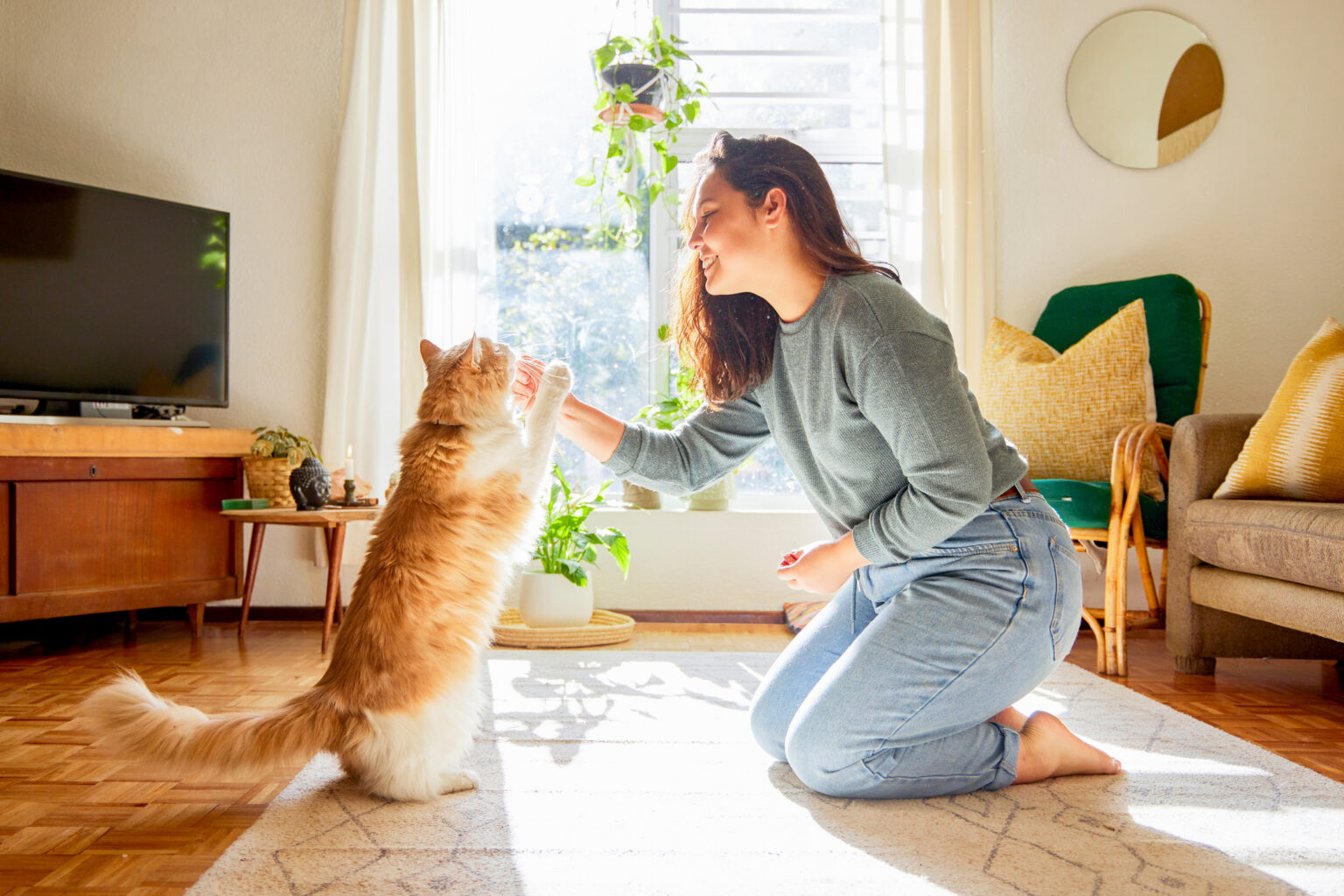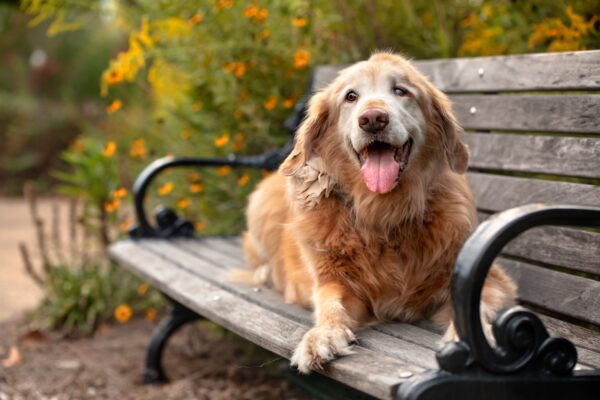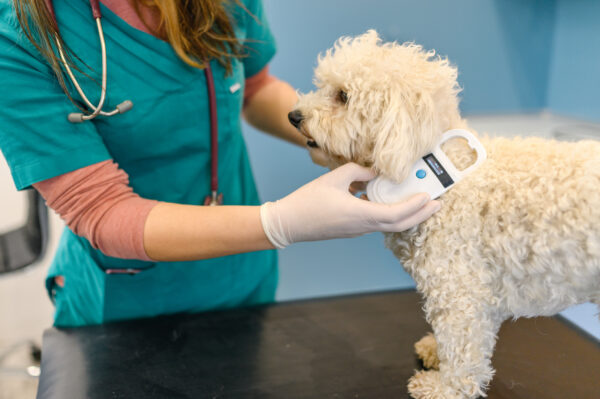If you find yourself having to take a trip and not being able to take your furry friend along, arranging a pet sitter (like a trusted friend, family member or a professional) is a great way to ensure your pet is safe and looked after.
To help you get fully prepared (and add minimal disruption to your pet’s routine), here’s our checklist with everything you should leave with the person in charge.
1. Your vet’s details
Leave your vet’s name along with the address and contact numbers of the practice. It’s also a good idea to leave an emergency or out-of-hours contact. Put these details in a safe, obvious place (sellotaped to the fridge door is a good one!). Oh, and tell your sitter where your pet carrier is, just in case they do need to make a trip to the vet.
2. An emergency contact
Whether it’s your mum or your neighbour, there might be someone who you’d like your sitter to contact in the unlikely event of an emergency where they couldn’t get hold of you.
3. Your contact details
As well as your phone number, you’ll want to leave the address of where you’re staying. It’s also a good idea to leave the exact dates and times of your departure and return (such as your flights). Make sure there is a contingency plan for if you are delayed (e.g., someone who can step in to take care of your pet if you are going to be away for longer than you thought, and your sitter can’t extend their stay).
4. House rules
These are for your pet, not the sitter! Make sure they know if your cat isn’t allowed to sit on the kitchen table, or if your dog shouldn’t be napping on your bed. You don’t want to have to retrain them when you come home.
5. Your neighbour’s details
If you know your neighbours, first of all, let them know that someone else will be staying at your place (you don’t want them thinking it’s some dodgy character). It might also be worth giving them a spare key just in case your sitter gets locked out – you never know! With the best will in the world, some people are just very prone to mislaying keys.
6. Medication and instructions
If your pet is on any medication or allergy treatment, make sure your sitter has full instructions about when and how to administer it.
7. Your landlord’s information
If you rent your property, it’s a good idea to leave a contact number for your landlord (and let them know someone else will be staying). Just in case of a domestic disaster, like your washing machine deciding it’d be a good time to go haywire and flood the kitchen.
8. Feeding instructions
Very important, of course. It’s easiest to leave your pet’s food out, with everything your sitter might need in one place. Leave details of times and amounts, and of course, your pet’s favourite bowls.
9. Your pet’s favourite places
Does your kitty like to curl up on top of your fridge? Does your pup like to get some me-time in the spare bedroom? Let your sitter know – for a start, so that they won’t think they’ve lost your treasured companion if their favourite spot is somewhere hidden, and also just so that they can make sure your pet has access to their favourite places.
10. Any expected visitors
Let your sitter know if Nigel from across the road will be coming over to water the plants, or if your mother-in-law pops in every Wednesday afternoon to do your ironing. That way, your sitter will know if someone turns up unannounced.
11. A day in the life of your pet
This one’s for you, to make sure you haven’t forgotten anything. Go through a day in the life of your pet in your mind and leave everything you would normally need in an obvious place, such as dog leads, your cat’s favourite toys or grooming accessories.
If you really can’t bear to be apart…
A pet camera allows you to see – and talk to – your pet! No better remedy for separation anxiety than seeing that your fluffy friend is happy and well.
Finally, although it’s never nice to say goodbye to your best friend for any length of time, try to act calm and normal when you leave. With everything now ready and under control, the chances are it will be a happy experience for your pet and their temporary parent!



